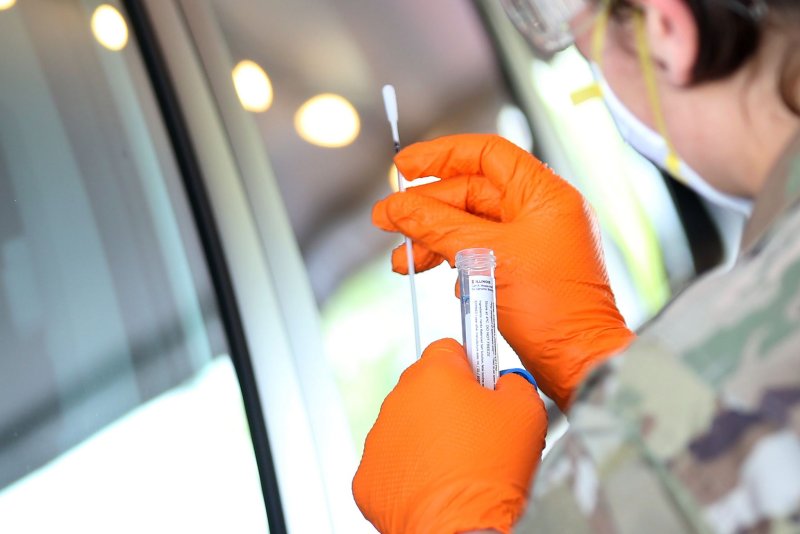
Solution to century-old math problem may predict disease transmission
by Brooks HaysMay 29 (UPI) -- The solution to a century-old math problem could help modelers predict infectious disease transmission without relying on time-intensive computer models.
The solution, discovered by Luca Giuggioli, a senior lecturer in the engineering mathematics department at the University of Bristol, calculates the probability of occupation of a diffusing particle or entity in a confined space at a specific time and space.
Until now, such computational predictions required cumbersome computer models.
"The diffusion equation models random movement and is one of the fundamental equations of physics," Giuggioli said in a news release. "The analytic solution of the diffusion equation in finite domains, when time and space is continuous, has been known for a long time."
"However, to compare model predictions with empirical observations, one needs to study the diffusion equation in finite space," said Giuggioli. "Despite the work of illustrious scientists such as Smoluchowski, Pólya, and other investigators of yore, this has remained an outstanding problem for over a century -- until now."
Running powerful computer models requires time, energy and money -- finite resources that limits the kinds of problems can be solved.
"The discovery of this exact analytic solution allows us to tackle problems that were almost impossible in the past," said Giuggioli.
In addition to predicting the transmission of infectious disease within a crowd of individuals, the solution could help scientists predict the diffusion of molecules within a cell, the movement of bacteria in a petri dish or the foraging patterns of animals within the limits of their range.
According to Giuggioli, two mathematical concepts were key to his problem-solving: the Chebyshev polynomials and an analytical method invented to resolve electrostatic problems, what researchers call the method of images.
Giuggioli described his solution and his methodology in a new paper, published this week in the journal Physical Review X.
(0) Leave a comment
upi.com/7010283